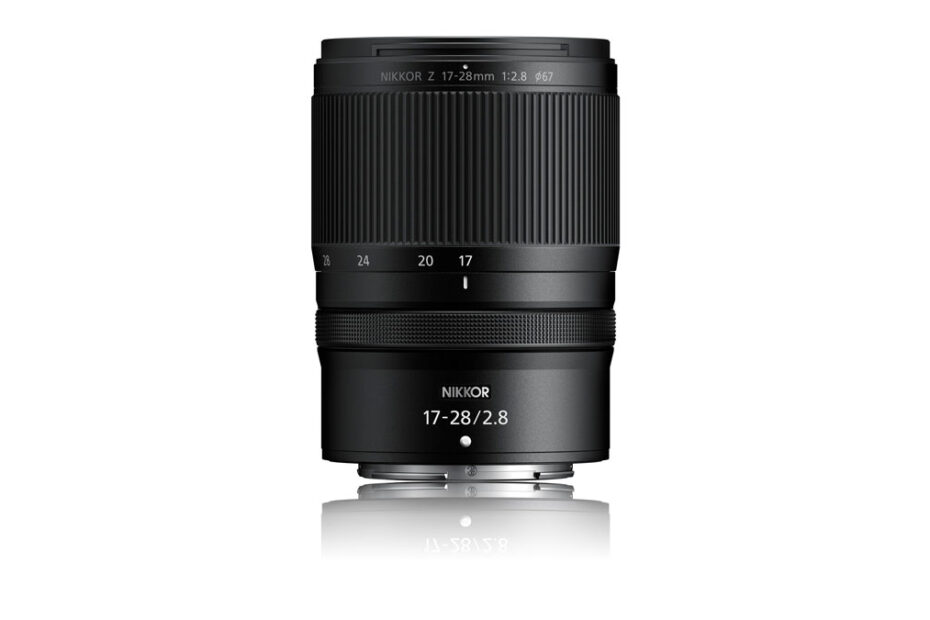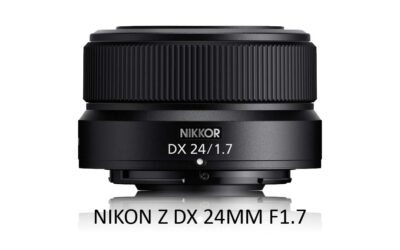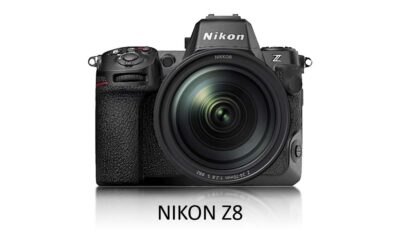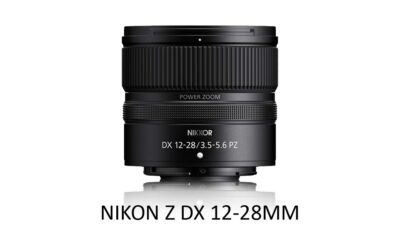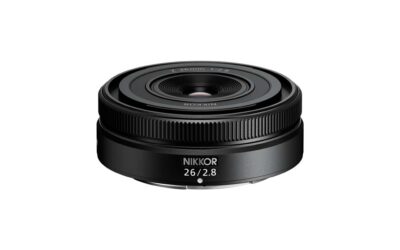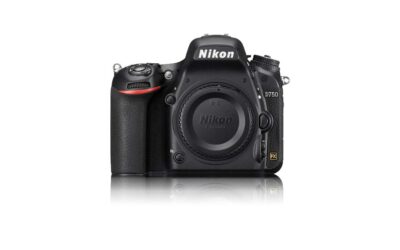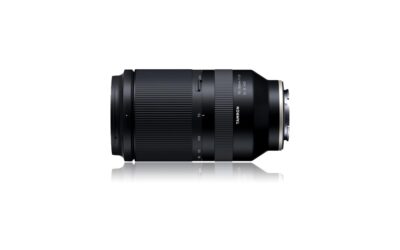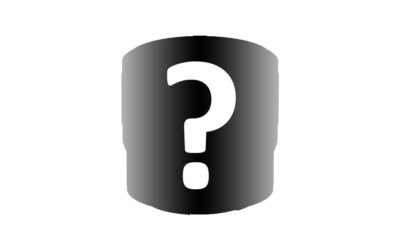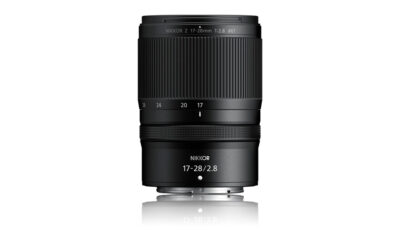The Nikon Z 17-28mm F2.8 is a compact wide-angle zoom lens for Nikon’s full-frame mirrorless Z-mount system. But unlike most compact wide-angle zoom lenses, the Nikon Z 17-28mm packs a large F2.8 aperture – enabling it to soak up twice as much light as an F4 alternative such as the Nikon Z 14-30mm F4.
Nevertheless, the Nikon Z 17-28mm is somewhat odd since such a lens is most likely used for landscape photography – a genre that often trades large apertures and shallow depth of field for ever-wider focal lengths. So, does the Nikon Z 17-28mm make sense, and is it the lens for you? Jump to Conclusion
What is the Nikon Z 17-28mm F2.8?
Focal Length
The Nikon Z 17-28mm will present your camera’s full-frame sensor at any angle of view between 103 and 75 degrees – making it a solid option for photographing vast landscapes, vlogging, or shooting in tight interior spaces.
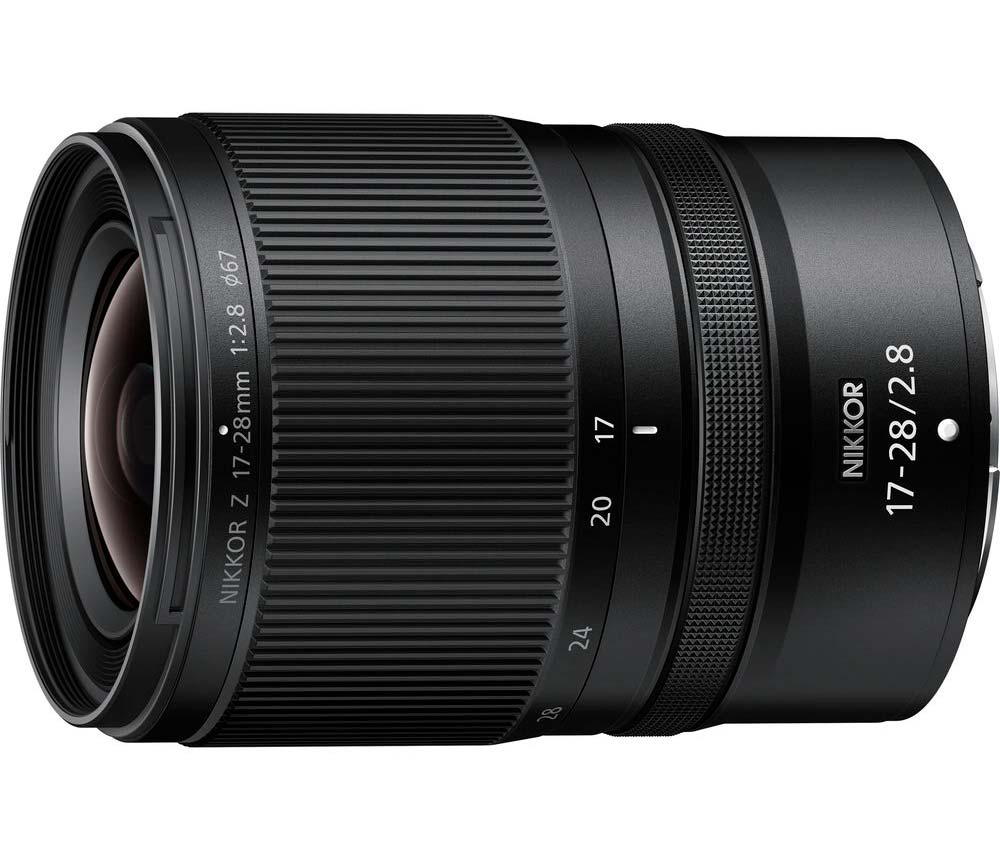
Alternatively, screw the Nikon Z 17-28mm onto an APS-C-based Nikon DX camera such as the Nikon Z30 or Zfc, and your angle of view narrows to 79 and 53 degrees, similar to that of a 27-42mm lens on a full-frame camera. In these conditions, the Nikon Z 17-28mm becomes more suitable for street photography and short-range portraiture. Read What is Focal Length in Photography.
Aperture
The Nikon Z 17-28mm features a large F2.8 aperture – enabling it to suck up twice as much light as an F4 alternative such as the Nikon Z 14-30mm F4. Plus, the large aperture will help you better blur that background.
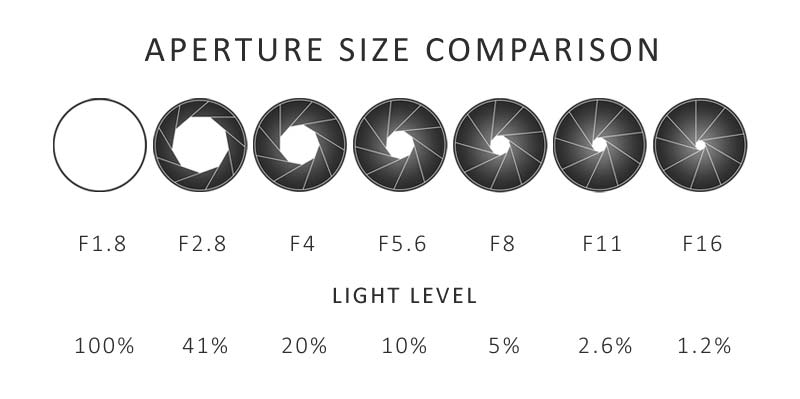
Another benefit of larger apertures is more light for your camera’s autofocus system – usually resulting in better performance, particularly in low-light conditions. Read What is Aperture in Photography
Maximum Magnification
Sadly, the Nikon Z 17-28mm short focal length and 19-centimeter minimum focus distance limits magnification to 0.19x. In other words, the Nikon 17-28mm can project objects onto your camera’s sensor at 19% of their original size. As a result, the Nikon 17-28mm is a poor choice for close-up photography.
Body and Construction
The Nikon Z 17-28mm F2.8 is 101mm long and weighs 450 grams. Control-wise, the Nikon 17-28mm features two control rings – one for zoom and a clickless customizable control ring which you can set to adjust settings such as focus, aperture, etc.
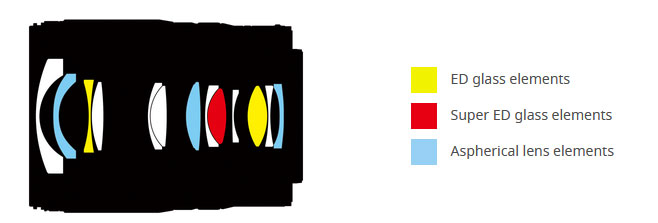
Unfortunately, the Nikon 17-28 does not feature in-built optical image stabilization. This is hardly a show-stopper since all of Nikon’s full-frame Z cameras have in-built image stabilization (IBIS). However, this is terrible news if you own one of Nikon’s APS-C DX-based cameras as none feature IBIS.
The Nikon Z 17-28mm features a weather-resistant design. Sadly, the lens lacks any formal rating, and its true resistance is ambiguous.
Nikon Z 17-28mm F2.8 Specifications
| Nikon Z 17-28mm F2.8 | |
| Price (US$) | $1,199 |
| Focal length | 17-28mm |
| Angle of view | 104-75 Degrees |
| Maximum aperture | F2.8 |
| Minimum aperture | F22 |
| Diaphragm blades | 9 Rounded Blades |
| Lens construction | 13 Elements in 11 Groups |
| Optical Image Stabilization | No |
| Minimum focus distance | 19-26cm |
| Maximum reproduction ratio | .19x |
| Filter-attachment size | 67mm |
| Dimensions (approx.) | 75mm x 101 mm |
| Weight (approx.) | 450g |
Nikon Z 17-28mm F2.8 Image Quality
I’ve yet to use the Nikon Z 17-28mm, but I expect the image quality to be excellent – as it has been with all of Nikon’s Z Zooms. Looking at the Nikon Z 17-28mm MTF Chart – the lens appears very sharp across the frame with some softness in the corners.
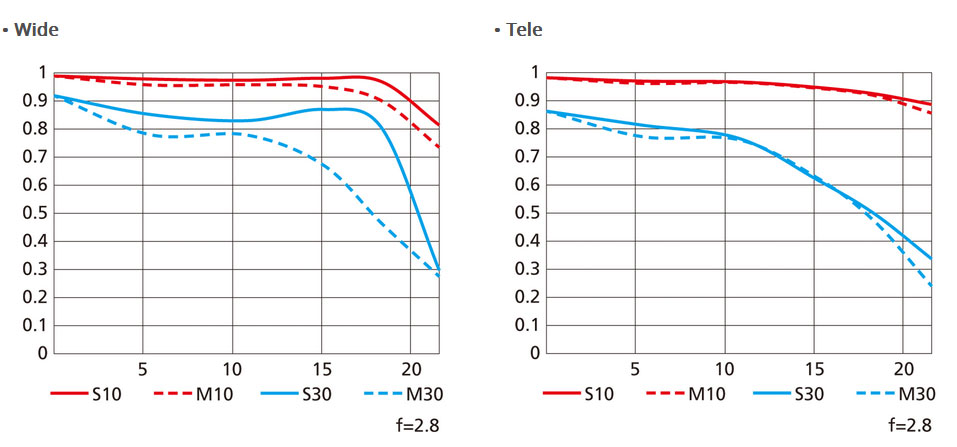
Nikon Z 17-28mm F2.8 Compared
The Nikon Z 17-28mm F2.8 sits between two lenses. The top-end Nikon Z 14-24mm f2.8 and its lightweight, more affordable alternative, the Nikon Z 14-30mm F4.
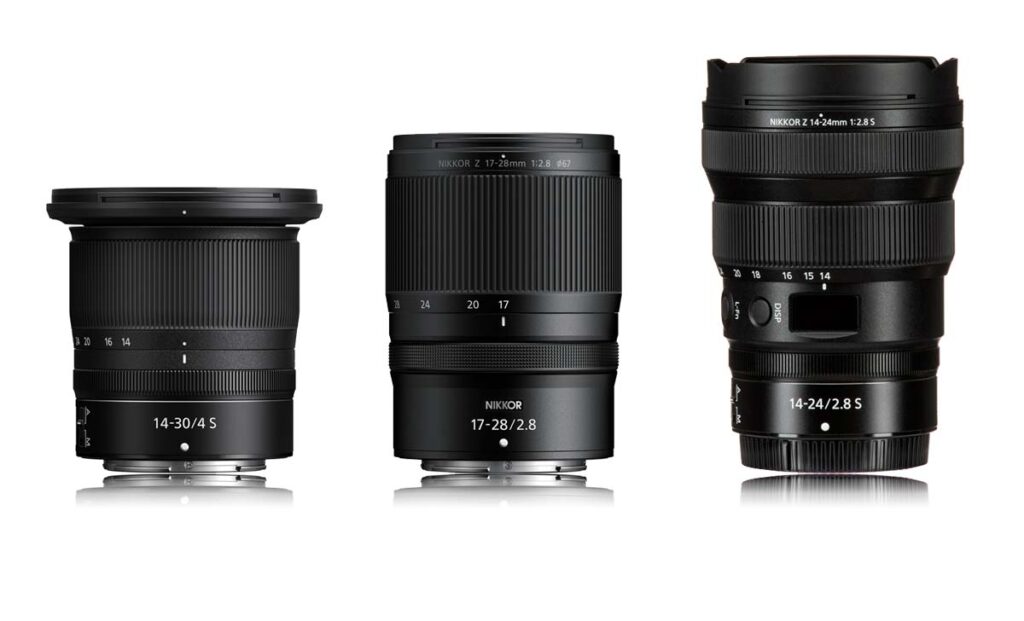
| Nikon Z 17-28mm F2.8 | Nikon Z 14-24mm F2.8 | Nikon Z 14-30mm F4 | |
| Price (US$) | $1,199 | $2,499 | $1,349 |
| Focal length | 17-28mm | 14-24mm | 14-30mm |
| Angle of view | 104-75 Degrees | 114-84 Degrees | 114-72-degrees |
| Maximum aperture | F2.8 | F2.8 | F4 |
| Minimum aperture | F22 | F22 | F22 |
| Diaphragm blades | 9 Rounded Blades | 9 Rounded Blades | 7 |
| Lens construction | 13 Elements in 11 Groups | 16 Elements in 11 Groups | 14 Elements in 12 Groups |
| Optical Image Stabilization | No | No | No |
| Minimum focus distance | 19-26cm | 28cm | 28cm |
| Maximum reproduction ratio | .19x | .13x | .16x |
| Filter-attachment size | 67mm | 112mm | 82mm |
| Dimensions (approx) | 75mm x 101 mm | 88.5mm x 124.5mm | 89mm x 85mm |
| Weight (approx) | 450g | 650g | 485g |
Nikon Z 17-28mm F2.8 vs Nikon Z 14-24mm F2.8
The Nikon Z 14-24mm F2.8 is the Z-mount’s ultimate ultra-wide-angle zoom lens. It offers a wide 104-degree angle-of-view, a fast F2.8 aperture, and premium Nano, Flourine, and ARNEO coatings for flare, coma, ghosting, and dirt resistance.
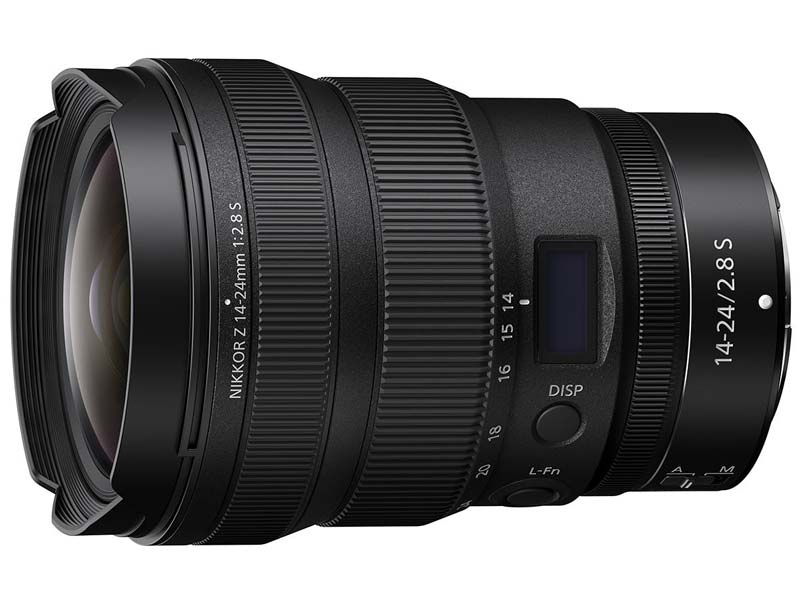
As a result, the Nikon Z 14-24mm F2.8 is the ultimate lens for capturing vast landscapes. And thanks to its coated optics, 14mm focal length, and bright F2.8 aperture, the Nikon 14-24mm is a solid choice for Astrophotography.
But despite being smaller, lighter, and cheaper – the Nikon Z 17-28mm shares the same large F2.8 aperture as its premium counterpart while offering a little more reach at the end of its zoom range.
However, many other landscape photographers and I would trade reach for more width (stop it!). And the Z 17-28mm misses out on Nikon’s wonderful Nano-coated optics – a game changer for sunsets and sunrises.
Nikon Z 17-28mm F2.8 vs Nikon Z 14-30mm F4
In some ways, the Nikon Z 14-30mm F4 has more in common with the expensive Nikon Z 14-24mm. At 14mm, both lenses return an ultra-wide 114-degree angle of view, and both have landscape-orientated features such as Nano and Flourine coated optics. Furthermore, the Nikon 14-30mm can stretch to 30mms for a 72-degree angle of view.
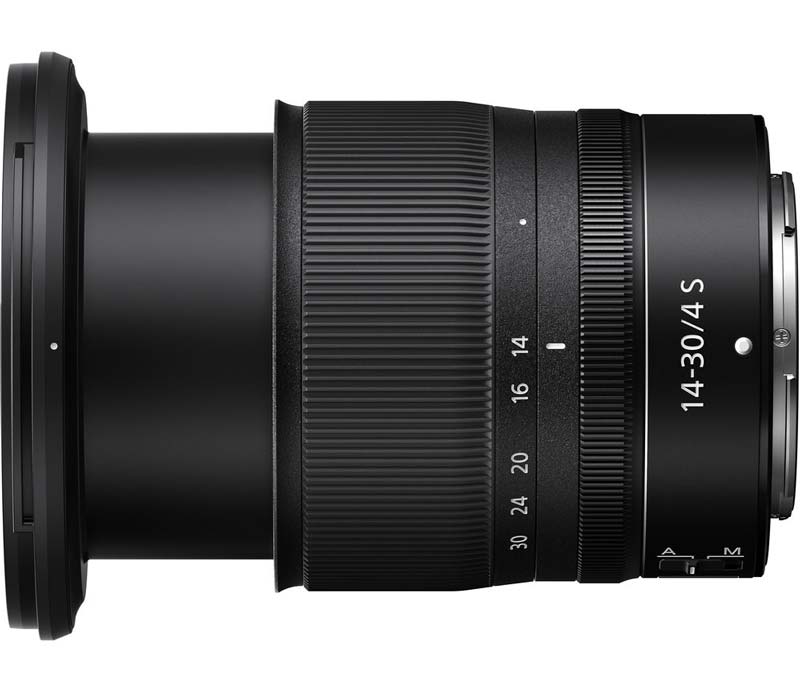
However, the Nikon 14-30mm’s F4 aperture can only soak up half as much light as the F2.8 aperture found on the Nikon 17-28mm. As a result, you may need to double your ISO and reduce your image quality.
But in reality, I’m forced to use much smaller apertures to extend my depth of field. So whether I am using an F2.8 or an F4 lens – I’ll probably be shooting at F8. And because I am using smaller, darker apertures – I’ll probably be carrying a tripod.
Therefore, in this context, the Nikon Z 14-30mm F4’s wider angle-of-view and Nano-coated optics will be more useful than the Nikon Z 17-28mm’s larger F2.8 aperture.
Conclusion – is the Nikon Z 17-28mm F2.8 worth it?
In isolation, the Nikon Z 17-28mm F2.8 is a good lens with a large aperture and a useful focal length. However, its focal range directly competes with two other excellent lenses, the Nikon 14-24mm F2.8 and the Nikon 14-30mm F4.
If we presume all three of these lenses are for capturing large scenes such as landscapes, the Nikon 17-28mm is at a disadvantage as the other two lenses begin at a much wider 14mm focal length. Furthermore, the Nikon 14-30mm and 14-24mm are stacked with useful landscape-centric features such as Nano and Flourine optics, while the 17-28mm has neither.
And the usefulness of a large F2.8 aperture is debatable on a lens primarily designed for capturing more expansive scenes since smaller apertures need to be used for depth-of-field. Of course, there are times when you need to shoot wide through a large bright aperture. Vlogging or Astrophotography for instance. And in these cases, the Nikon Z 17-28mm F2.8 will serve you, to some extent, as a cheaper and lighter alternative to the Nikon Z 14-24mm F2.8.
Overall, the Nikon Z 17-28mm F2.8 is a good lens searching for an audience that neither the Z 14-30mm F4 nor 14-28mm F2.8 can satisfy. Whether such an audience exists remains to be seen.
Would you buy the Nikon Z 17-28mm F2.8, and what would you use it for?
